#exoplanets
Text

Over 800 terrestrial exoplanets visualized and arranged according to their equilibrium temperature and size.
chart by u/mVargic
10K notes
·
View notes
Text
Black Hole Friday Deals!
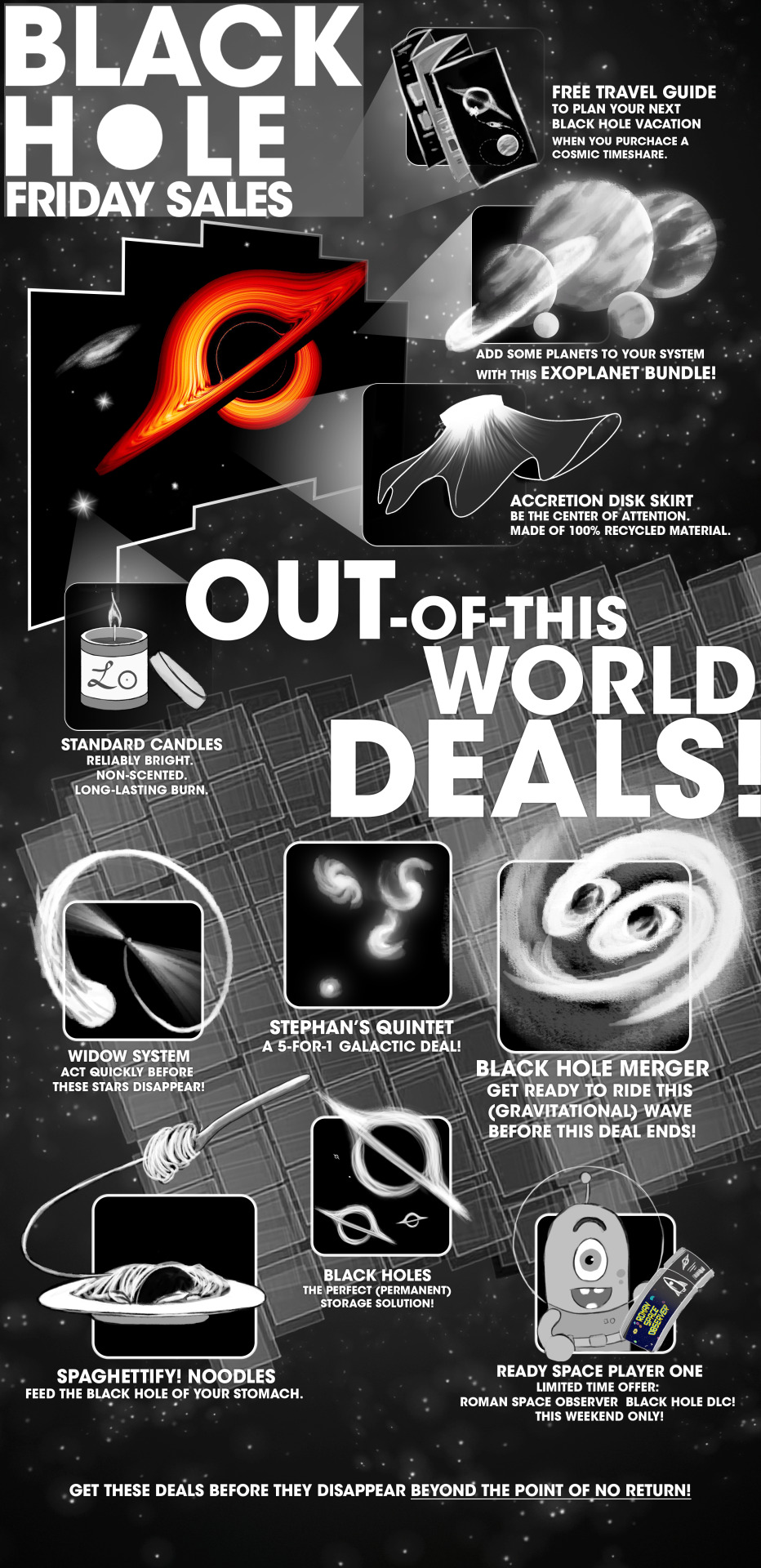
Get these deals before they are sucked into a black hole and gone forever! This “Black Hole Friday,” we have some cosmic savings that are sure to be out of this world.
Your classic black holes — the ultimate storage solution.
Galactic 5-for-1 special! Learn more about Stephan’s Quintet.
Limited-time offer game DLC! Try your hand at the Roman Space Observer Video Game, Black Hole edition, available this weekend only.
Standard candles: Exploding stars that are reliably bright. Multi-functional — can be used to measure distances in space!
Feed the black hole in your stomach. Spaghettification’s on the menu.
Act quickly before the stars in this widow system are gone!
Add some planets to your solar system! Grab our Exoplanet Bundle.
Get ready to ride this (gravitational) wave before this Black Hole Merger ends!
Be the center of attention in this stylish accretion disk skirt. Made of 100% recycled cosmic material.
Should you ever travel to a black hole? No. But if you do, here’s a free guide to make your trip as safe* as possible. *Note: black holes are never safe.
Make sure to follow us on Tumblr for your regular dose of space!
#NASA#astronomy#telescope#Roman Space Telescope#black holes#galaxies#cosmology#astrophysics#stars#galaxy#Hubble#Webb#space#exoplanets#science#physics#comic#comics#comic art
3K notes
·
View notes
Text
New data from NASA’s James Webb Space Telescope has revealed that K2-18 b, an exoplanet nearly nine times the size of Earth, could be an example of a theorized class of planets with hydrogen-rich atmospheres, vast liquid oceans and the potential to support life.
Observations taken by the telescope detected the presence of carbon-bearing molecules such as methane and carbon-dioxide, according to a NASA press release published on Monday.
Astronomers also picked up signs of a molecule called dimethyl sulfide (DMS) – which, on Earth, is only produced by living things.
K2-18 b is an exoplanet orbiting a dwarf star roughly 120 light years away from Earth in the constellation of Leo. It is categorized as a sub-Neptune, a class of planets that are between the size of Earth and Neptune and common in the universe, although not in our solar system.
Scientists have known about K2-18 b for a while, with initial observations taken by NASA’s Hubble Space Telescope, but these new observations taken with the James Webb Telescope have provided details that astronomers had previously only wondered about.
"Our findings underscore the importance of considering diverse habitable environments in the search for life elsewhere," Nikku Madhusudhan, an astronomer at the University of Cambridge and lead author of a paper announcing these results, said in the release. "Traditionally, the search for life on exoplanets has focused primarily on smaller rocky planets, but the larger Hycean worlds are significantly more conducive to atmospheric observations."
Continue Reading
460 notes
·
View notes
Text
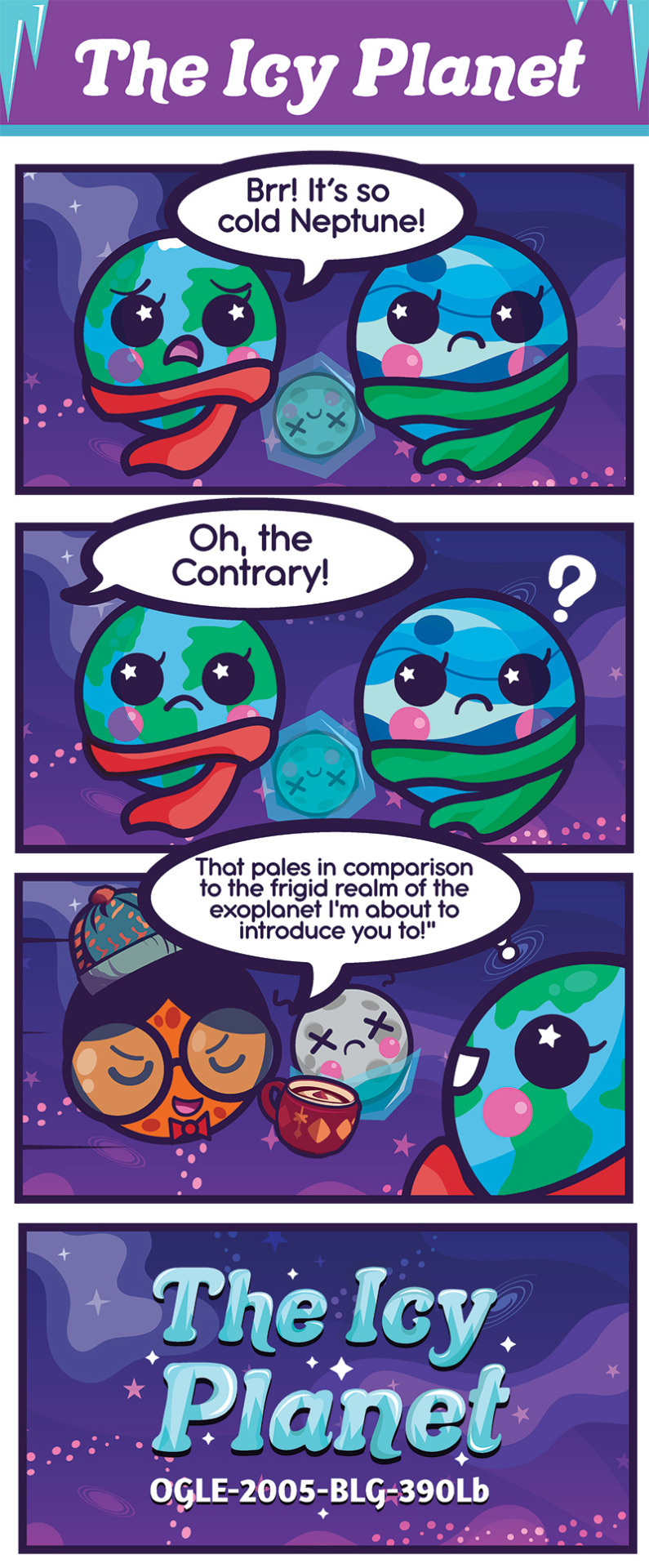



Back and better than the ever! Here’s a comic in the cold exoplanet, OGLE-2005-BLG-390Lb!
https://hubblesite.org/contents/news-releases/2006/news-2006-06.html
https://exoplanets.nasa.gov/exoplanet-catalog/6081/ogle-2005-blg-390l-b/
#cosmic funnies#astronomy#space#cute#science#kawaii#reblog#blog update#stars#educational#cold#icy#icy exoplanet#exoplanet#exoplanets#winter#outer space#web comics#webcomic
204 notes
·
View notes
Text

#habitual#space station#space exploration#outer space#nasa photos#nasa picture of the day#nasa#nasawebb#astronomers#astro notes#astrophysics#astrophotography#astrology#astronomy#astro observations#alien#goldilocks#exoplanet#exoplanets#our universe#united states#universe#earth#hubble space telescope#hubble#james webb images#astro community#life#tumblr quotes#tumblog
212 notes
·
View notes
Text
Can't stop reading about planets and exoplanets.
Nasa has such an amazing site. You can pick a planet and spin it around, check the (solar) star system, ser the other planets in it, look at the moons, and get up close with the star, and even see the whole galaxy and more!
Have fun
233 notes
·
View notes
Text
Exoplanet Heating

WASP-96B is a tidally-locked exoplanet between the size of Saturn and Jupiter. This hot, massive planet lies close to its star, orbiting in less than three-and-a-half Earth days. (Image and research credit: J. Skinner et al.; via APS Physics)
Read the full article
#atmospheric science#exoplanets#fluid dynamics#numerical simulation#physics#planetary science#science#turbulence#vortices
156 notes
·
View notes
Text
The habitable area of a solar system is called "the Goldilocks Zone" by astronomers because we're gonna wait til the aliens leave, then break in and use all their stuff.
315 notes
·
View notes
Text
i love when space headlines sound really stupid when you first read them <333



82 notes
·
View notes
Text

#spacecore#dreamcore#webcore#spirituality#spiritual knowledge#exoplanets#liminality#romanticism#liminal spaces#fever dream#oddcore#weirdcore#education#y2kcore#dereality#feverdreamcore#old web#y2k aesthetic#rebirth#triplovers
58 notes
·
View notes
Text

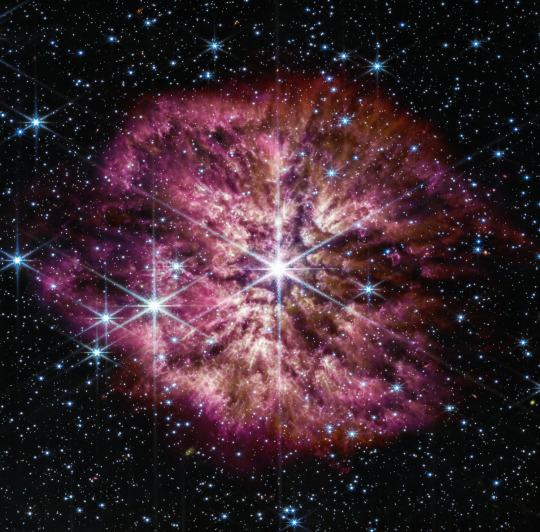


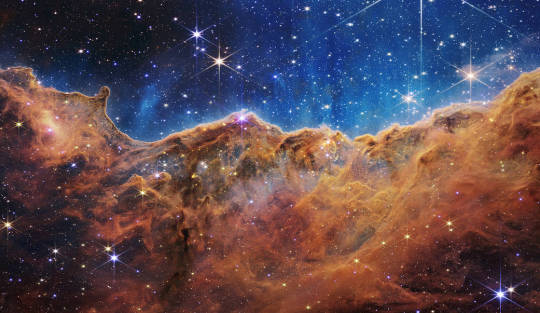


Top 10 Most Amazing James Webb Space Telescope Discoveries - Details here
#nasa#james webb space telescope#jwst#webb telescope#webb discoveries#james webb discoveries#exoplanets#jameswebbtelescope
61 notes
·
View notes
Text
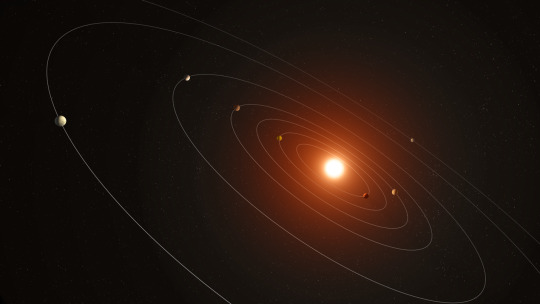
Hot New Planetary System Just Dropped.
We hope you like your planetary systems extra spicy. 🔥
A new system of seven sizzling planets has been discovered using data from our retired Kepler space telescope.
Named Kepler-385, it’s part of a new catalog of planet candidates and multi-planet systems discovered using Kepler.
The discovery helps illustrate that multi-planetary systems have more circular orbits around the host star than systems with only one or two planets.
Our Kepler mission is responsible for the discovery of the most known exoplanets to date. The space telescope’s observations ended in 2018, but its data continues to paint a more detailed picture of our galaxy today.
Here are a few more things to know about Kepler-385:

All seven planets are between the size of Earth and Neptune.

Its star is 10% larger and 5% hotter than our Sun.

This system is one of over 700 that Kepler’s data has revealed.
youtube
The planets’ orbits have been represented in sound.
Now that you’ve heard a little about this planetary system, get acquainted with more exoplanets and why we want to explore them.
Make sure to follow us on Tumblr for your regular dose of space!
#NASA#exoplanets#Kepler#space telescope#space#universe#data sonification#sounds of space#space sounds#tech#technology#telescope#Youtube
4K notes
·
View notes
Text
We can't understand nature without understanding its range. That's apparent in exoplanet science and in our theories of planetary formation. Nature's outliers and oddballs put pressure on our models and motivate scientists to dig deeper.
Gliese 367 b (or Tahay) is certainly an oddball. It's an Ultrashort Period (USP) planet that orbits its star in only 7.7 hours. There are almost 200 other USP planets in our 5,000+ catalog of exoplanets, so Gliese 367 b isn't unique in that regard. But it's an outlier in another way: it's also an ultra-dense planet—almost twice as dense as Earth.
That means it has to be almost pure iron.
Continue Reading.
230 notes
·
View notes
Text

august 29, 2023
another day of cozying up and making myself a fancy lil drink so i can get my work done 🫡
106 notes
·
View notes
Text

NASA’s $10 billion Telescope has just captured its first direct unbelievable image of a Planet outside our Solar system.
#outer solar system#solar system#exoplanet#exoplanets#astrophotography#astronomy#nasa#astronomers#universe#nasa photos#astrophysics#outer space#nasawebb#hubble space telescope#astronomy photography#astronews#astrography#astro notes#astro community#astro observations#astroblr#astrology observations#space station#space science#space exploration#space#james webb images#galaxies#galaxy#planetary nebula
96 notes
·
View notes